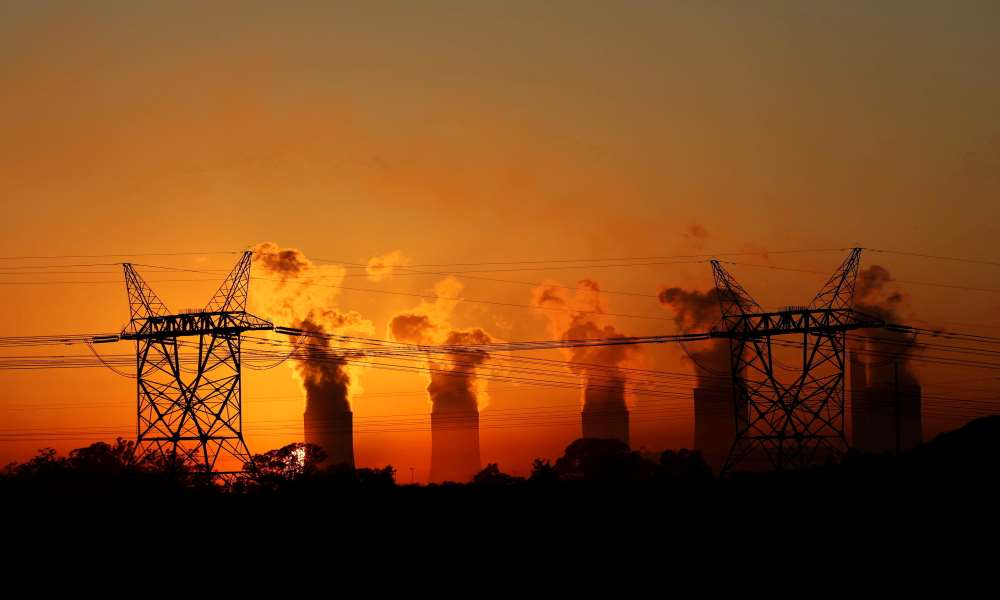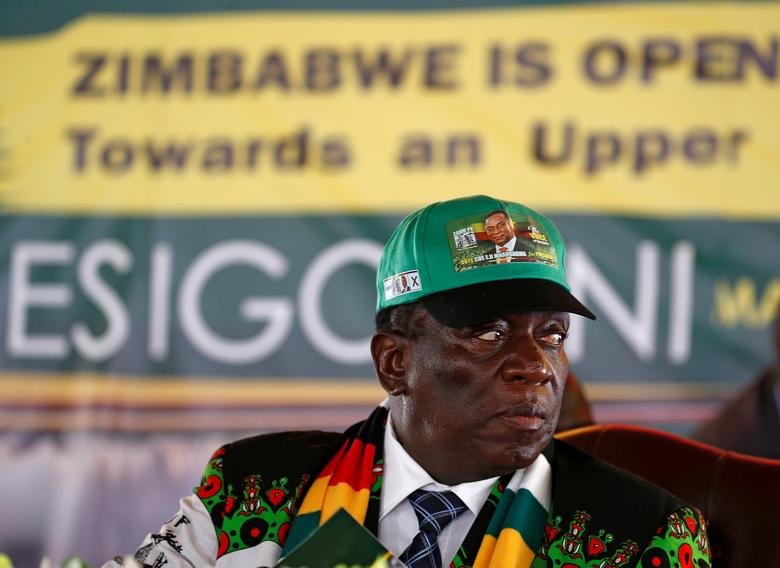Zimbabwe to ask neighbours for help
As its power crisis deepens
The poor state of Zimbabwe's power generation industry has been attributed by some to poor management, and lack of investment in its Hwange Thermal Power Station and in renewables.
Zimbabwean President Emmerson Mnangagwa says the country will need to rely on their neighbours in the South African Development Community (SADC) region for electricity as it faces a severe shortage of power.Mnangagwa said in his weekly column in the state-owned Sunday Mail that the plan to "engage sister countries in our SADC region with excess power to export to us", was a short-term measure to meet the electricity shortfall that the country could face between now and April 2023.
However, in order to enact this measure, enough resources have to be mobilised.
"They will be mobilised," vowed Mnangagwa. He added that "the cost of importing power is relatively less than a slowdown in industry, whose capacity utilisation has been rising steadily".
The poor state of Zimbabwe's power generation industry has been attributed by some to poor management, and lack of investment in its Hwange Thermal Power Station and in renewables.
The coal-fired Hwange Therman Power Station was only generating 301MW on Monday morning, despite its installed capacity to generate 920MW, according to the Zimbabwe Power Company’s website.
Hwange is an ageing thermal power plant that frequently breaks down. Sometimes power generation is limited due to low plant availability and coal stockouts.
Mnangagwa said in his column that the six generators at Hwange "are nearing the end of their lives, and, thus, require refurbishment or replacement".
Generators
The US$310 million (R5.3 billion) needed to refurbish these generators has since been secured from the Export-Import Bank of India.
While a new 300MW plant is expected to be synchronised to the grid by the end of this year, it is expected to do little to meet current demand of 1 725MW. However, this is only a conservative figure, as the Zimbabwe Electricity Supply Authority (ZESA) says it has 2 350MW in new connections applications, 80% of which is from the mining sector.
Apart from limited power generation, ZESA has an infrastructure gap of $2 billion (R34 billion), according to acting managing director Howard Choga.
The country’s power shortfall is also partially the effect of climate change, as fast-falling water levels at the Kariba Dam has significantly hindered the Kariba Power Station’s generation capacity.
Earlier this year, the Zambezi River Authority ordered the suspension of generation at Kariba Dam due to this water shortage. However, generation at the dam has since resumed, with a limitation of 300MW out of a possible 1 050MW. On Monday, Kariba was only generating 200MW, which is contributing towards the country’s grid.
Coal
In the long term, Mnangagwa does not see a reason to move away from coal as a resource for power generation.
He explained that leading economies reneging on global commitments to end thermal power is a lesson that "we cannot be sentimental about coal while our industries die from power shortages".
"We have abundant coal; it must be harnessed to meet our energy needs."
"We have to revisit our whole licensing regime to speed up entry into the sector by new players and to encourage more independent power producers, especially in the critical area of renewables. The licensing regime must respond to viability concerns of such investors, whose support our economy now so desperately needs."
Mnangagwa revealed that there is also a plan to target households with the capacity to run on solar, "so we remove them from the national grid".
"In government, we are already incorporating solar [power] systems in packages that public servants enjoy. Such employer-assisted interventions, across the sectors, will see us speedily migrating more households to solar," he said.-Fin24




